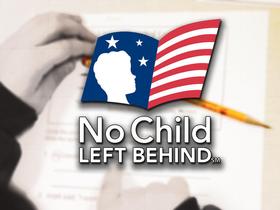Learning a language can be a difficult process. Most languages are constantly in flux, with new words regularly added to the lexicon, and old ones are dropping away. Just getting a handle on the vocabulary itself can be overwhelming. Throw into the mix the grammar rules, the punctuation nuances, and even all the slang words, and learning a language can seem as daunting a task as climbing Mount Everest barefoot and blindfolded.
Thankfully, there are increasingly more programs and schools designed to help students who wish to learn a language. Immersion schools are one such program, and they are primarily designed for elementary to high school-aged students. For example, Clark High School in Las Vegas, Nevada, offers a full immersion Chinese school for its students, as well as the Pioneer Valley Chinese Immersion Charter School in Massachusetts. For some students, full immersion in a new language is the best way to learn. For others, it is simply too difficult to learn a new language without any “references” to the language they already know. Here are the advantages and disadvantages of full immersion schools, and what to expect if your child attends one.
The advantage of immersion programs
Many people believe the best way for a student to excel in a foreign language is an immersion program. Advocates also suggest the younger the child, the better it is to send them to an immersion program, and that’s why full-immersion daycare or preschool is so popular. These can






















